We’ve managed to make some amazing discoveries over the last few years alone. Add in the past decade since 2013, and we’ve actually discovered some of the most critical things to our lives, on top of things that will impact us as well as the planet for years to come. It’s truly hard to say what the most surprising scientific findings are in some ways. Mostly because our aspect of surprising might not be technically “surprising” for you, the reader. Yet we did feel there were a lot of major discoveries since 2013 well worth discussing.
Some of these discoveries are likely a little more important than others, to be fair. However, that does not make the others less important by any means. When we truly think about the most surprising scientific findings, we like to consider the impact of the discovery. Will this discovery make an
\impact on us now or in the near future possibly? Will it become a major problem or aid to humanity? This list will dive into the important, yet surprising discoveries. At the same time, this list will not be in chronological order nor will it be ordered in importance. It is merely diving into great discoveries we feel you need to know about.
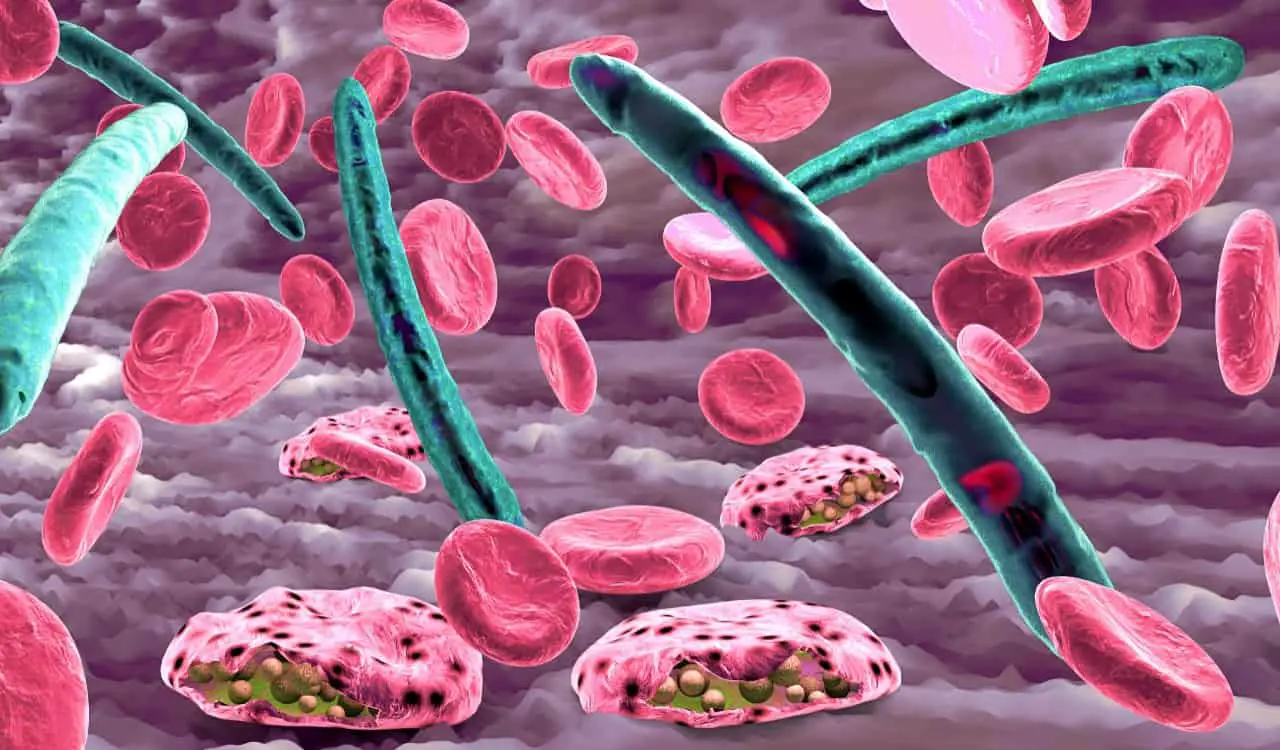
First Malaria Vaccine
- Year: 2021
In October 2021, the World Health Organization approved the very first successful vaccine to fight malaria. This was not just a first for the malaria disease, but it was also the first vaccine developed for ANY parasitic disease. This vaccine had been in development for roughly 30 years. Known by the name Mosquirix, the drug cost roughly $750 million to make since development began in 1987. Due to Malaria killing at least half a million people per year, over half of those being children 5 and under, this vaccine was incredibly important. This specific vaccine is able to fight the five deadliest malaria pathogens in Africa. The vaccine is mostly for those younger children and is administered to those 5 and under in a series of four injections. While just 30% effective at fighting severe cases, that is still huge!

The Vaccine & New Treatments To Fight The Ebola Virus
- Year: 2019
Sadly, we had what is believed to be the worst Ebola Virus breakout ever in this decade. It is thought to have started with a child that was a little over a year old in Guinea. They were infected by a bat in December 2013, and this somehow spread to neighboring nations and reached major capitals by the Summer of 2014. Ebola is dangerous because it not only compromises your immune system but also causes major hemorrhaging and multiple organ failure. Over two years later, according to the CDC, more than 28,600 were infected and 11,325 were dead. The pharmaceutical company Merck then developed a vaccine called Ervebo and saw great success with it during trials in Guinea in 2016. By 2019, numerous nations approved it including the U.S. FDA. Today, we can now cure people with cases of Ebola.

CERN Detects The Higgs Boson
- Year: 2012/2013
Physicists have worked for decades to model the universe. This “Standard Model” describes the four basic interactions of matter or the fundamental forces. Those are the gravitational, electromagnetic, strong nuclear, and weak nuclear forces. In the 1960s, theoretical physicists, notably François Englert and Peter Higgs, discussed a universal quantum field and how it interacts with particles. That became the Higgs Field and eventually, it was assumed all fundamental fields needed an associated particle, which ended up being the Higgs Boson. In 2012 the Large Hadron Collider at CERN managed to find the Higgs Boson. In 2013, the Nobel Prize in Physics would be awarded to both Englert and Higgs for their theoretical discovery that was obviously, now, no longer just a theory but a fact.

Great Barrier Reef Is In Trouble
- Year: 2020
Ever since a mass bleaching event in 1998, the Great Barrier Reef around Australia has gone downhill. In April 2020, a third mass bleaching event took place, which was the third in just five years but the fifth since 1998. However, this 2020 Bleaching Event was the first to strike all three regions of the Great Barrier Reef. In October 2020, a study found that the reef had lost 50% of its corals over the past 30 years. Australia is determined to help the reef survive but does have plans for other biodiversity concepts that can help rebuild the reef should we lose it. The Living Coral Biobank has already begun collecting living fragments, tissue, and DNA samples of corals from the Reef to make a biobank for future restoration and rehabilitation opportunities at the Reef.
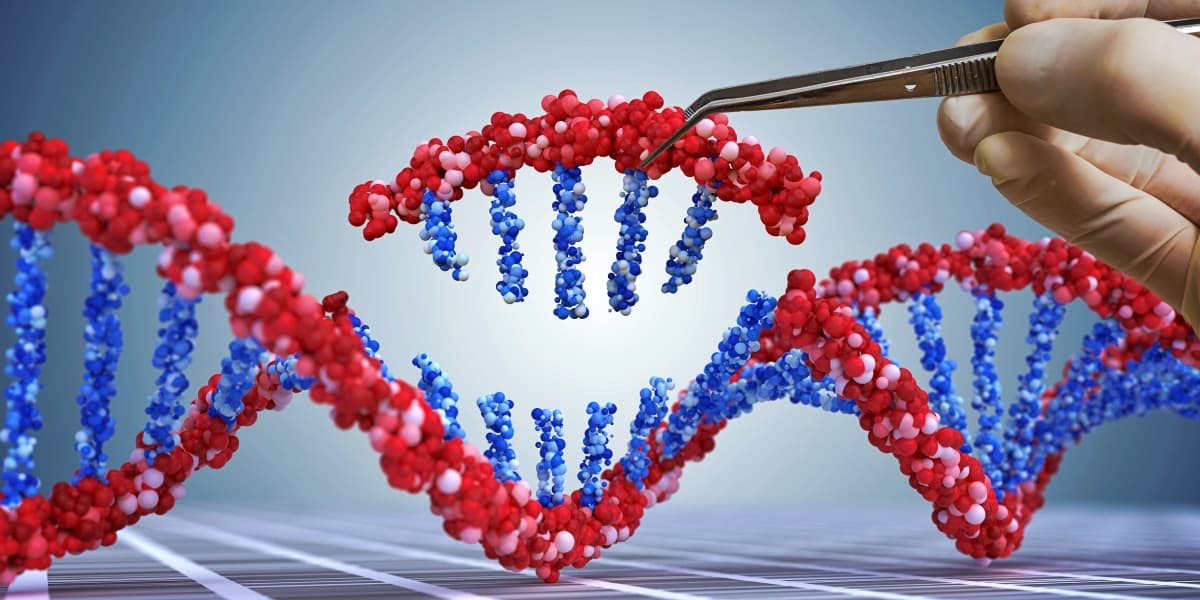
CRISPR’s New Way Of Gene Editing
- Year: 2021
While there have been discussions about gene editing for years, where even shows like Star Trek discussed the idea…nothing existed. It was all potentially possible but theoretical until it wasn’t. Gene editing had been picking up more and more in the 2000s but by June 2021, CRISPR took things to a new level. Its Cas-9 gene editor was injected directly into the bloodstream of a patient with a rare inherited disease. Of course, cells are normally extracted from a patient and CRISPR would work on them in a lab before edited genes were returned to the body. The result was that not only did the treatment work where genes were properly edited, but the person did not need to go through a time-consuming process or chemotherapy. The latter is often done in these cases due to potential issues from the editing.
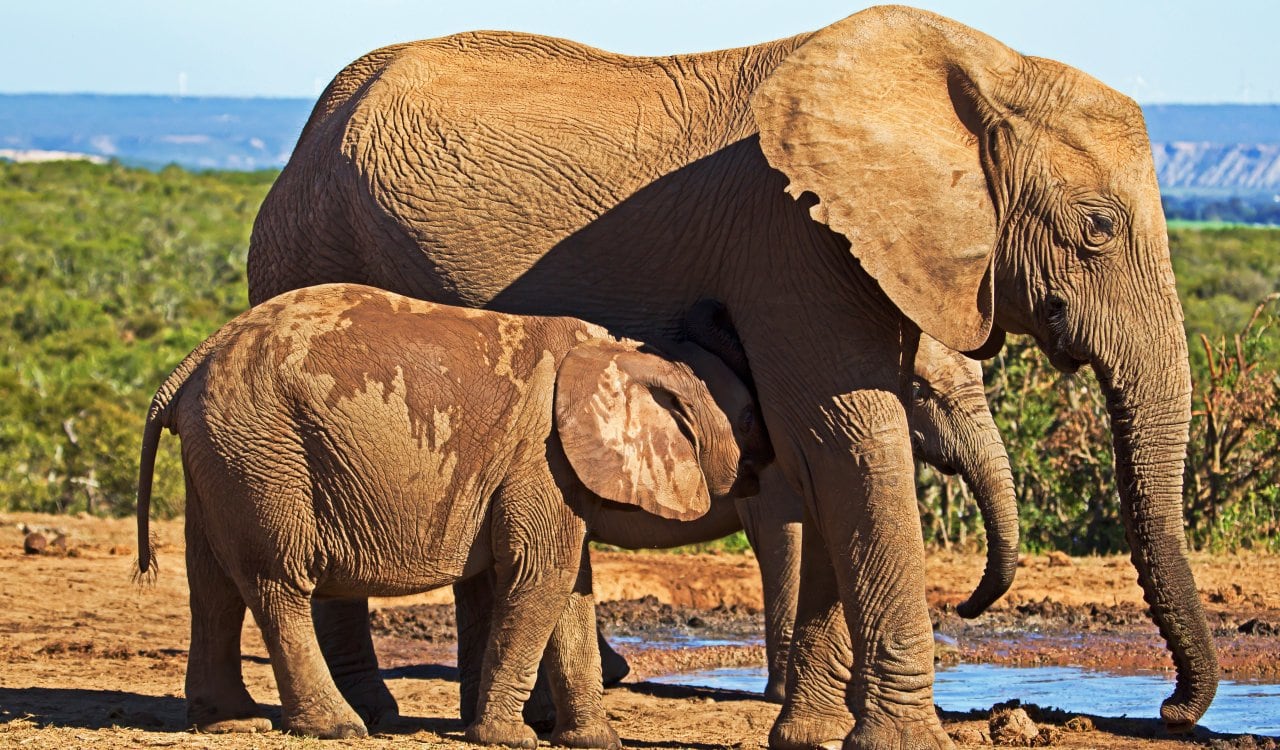
The Evolution Of Animals Is Affected By Humans Directly & Indirectly
- Year: 2021
One of the most surprising scientific findings for us was that we impacted animal evolution through direct impact as well as indirectly. For example, poachers killed a lot of elephants with giant tusks during the Mozambican Civil War from 1977 to 1992. This meant we saw more females without huge tusks surviving to have babies. Before the war, 20% were tuskless, and now half the female population of elephants is tuskless. Indirectly, we have caused animal evolution changes due to man-made climate change. In the Amazon, for example, 77 species of birds now weigh less and have longer wings. This has been happening over 40 years due to even greater rates of rainfall in the rainforest.

First Glimpse At A Black Hole
- Year: 2017 (Image Released In 2019)
Famously, many scientists believed in the potential of a theoretical “black hole” in our universe. Yet people like Albert Einstein were not convinced, but Einstein rarely outright dismissed the possibility of anything. Black holes are essentially points of gravitational collapse in space with infinite density and infinitesimal volume. They consume all matter and light that gets too close, often creating a disk of superheated material falling into the black hole itself. Einstein would have loved to have seen one of the biggest surprising scientific findings of the last decade when we proved black holes exist. In 2017, the Event Horizon Telescope collaboration captured the first image of a black hole. While famously very dark, we were lucky enough to have a black hole with a quasar that offered some light to capture an image.

Gravitational Waves
- Year: 2015
If we’re going to take a small shot about Albert Einstein being wrong about his opinion for one thing, we should celebrate when he was right about something too. He described the idea of what would later be known as gravitational waves in early papers. These waves are supposedly ripples in space-time left over from the first second of the Big Bang. Those ripples generated changes in the polarization (known as B-Modes) in the cosmic microwave background, also left over from the early universe. Before 2015, we had only indirect evidence of the Big Bang but something like gravitational waves would prove it. That is why one of the most surprising scientific findings in our decade happened in 2015 when scientists observed direct evidence of cosmic expansion using the aforementioned B-modes.
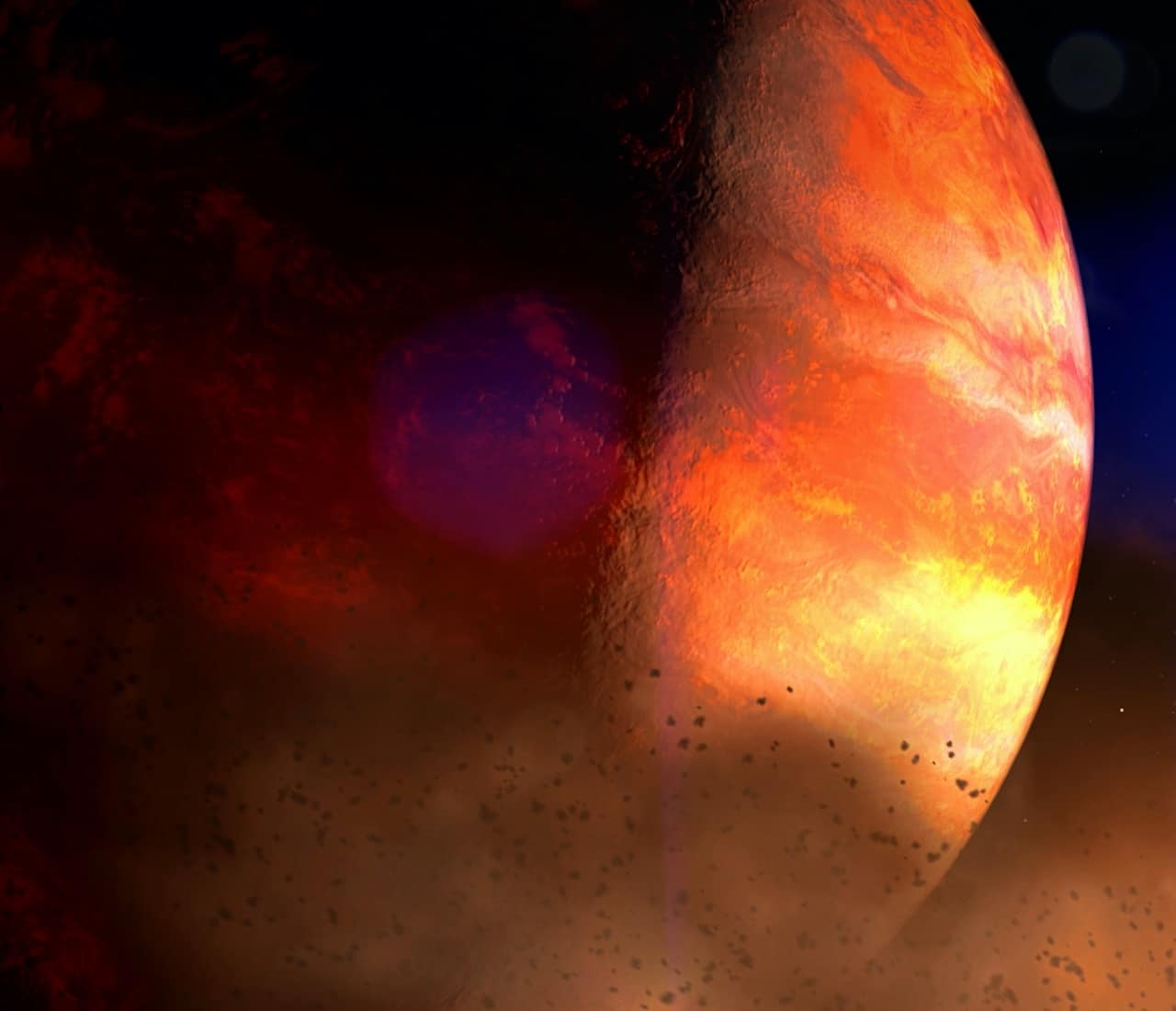
First Exoplanet Discovered In Habitable Zone
- Year: 2016
Due to the Kepler Space Telescope, our discoveries of exoplanets have taken off massively. Eventually, other major telescopes such as Hubble and now the James Webb Telescopes discovered more and offered even more detailed information about many. Yet this all really began with the discovery of Proxima b in 2016. Only 4.2 lightyears away from us, it is our closest cosmic neighbor that can possibly host human life as WE know it. This planet resides in the habitable zone of its star, Proxima Centauri. Sadly, we’d later learn much more about Proxima b. In that, it is blasted with high-radiation superflares from the star, which reduces its potential habitability for humans. Regardless, the 2016 discovery is one of the most surprising scientific findings of our time.

New Homo Sapien Fossils Push Species Back 100,000 Years
- Year: 2017
Homo sapiens have roamed the Earth for a long time, but for the longest time, we had a specific timeframe when our species began. Keep in mind, we truly mean the “Homo sapien” side and not other humanoids that came before such as the Neanderthals. It was assumed our version of the species went back about 200,000. That was until old bones were discovered in Morocco in 2017. At least five individuals were thought to have taken shelter during a hunt. Morocco is, of course, in Northern Africa. The oldest bones found of Homo sapiens were from Eastern Africa. The Moroccan bones went back 100,000 years further than the East African bones. Thus pushing our species back 100,000 years, making our species 300,000 years old. Clearly, this is one of the most surprising scientific findings ever.

HIV Preventative Treatments
- Year: 2011 & 2016
The Human Immunodeficiency Virus, otherwise known as HIV, is what causes AIDS. Yet today, you’re able to take one pill a day to reduce your risk of catching HIV/AIDS and can reduce the progression of the disease among those that have it. Known as Truvada, it is a wonder drug that has been on the market since 2012. That was due to a massive study that was published in 2011. In 1994, researchers reported that they found a pharmaceutical option to prevent the transmission of HIV from pregnant women to their fetuses. A study then began in 2005, finishing in 2011 with their results. The researchers found a 96% reduction in HIV transmission. Yet all of this was part of a larger 10-year study. The New England Journal of Medicine published the final study in 2016, which showed a 93% reduction in HIV transmission.
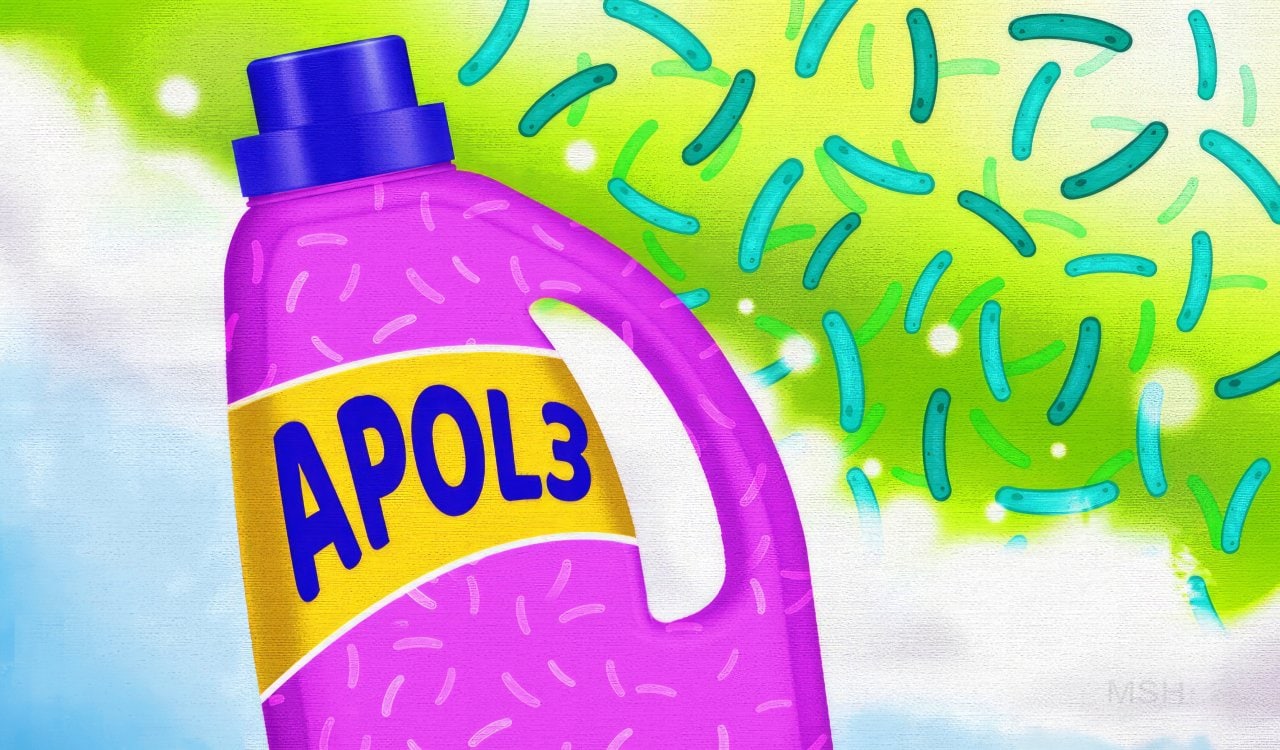
With A Soap-Like Protein, Human Cells Can Ward Off Bacteria
- Year: 2021
Special cellular soldiers, known as T-Cells and B-Cells help to fight off bacterial invaders. Of course, even non-immune cells aren’t exactly unable to defend themselves though. In July 2021, a study was published that proved certain proteins quite literally have a detergent-like ability to completely wipe out bacteria. Essentially, humans make our very own natural antibiotic in the form of protein that acts like the detergent you use to kill bacteria. After infecting a cell with Salmonella, they screen the cell’s ability to help itself and found the APOL3 Protein. Funny enough, this protein is both drawn to water and fats. APOL3 attacks the greasy lipids lining the inner bacterial membrane. Like an Army Sniper, they take them out with precision and never mistake human cell membranes for invaders.
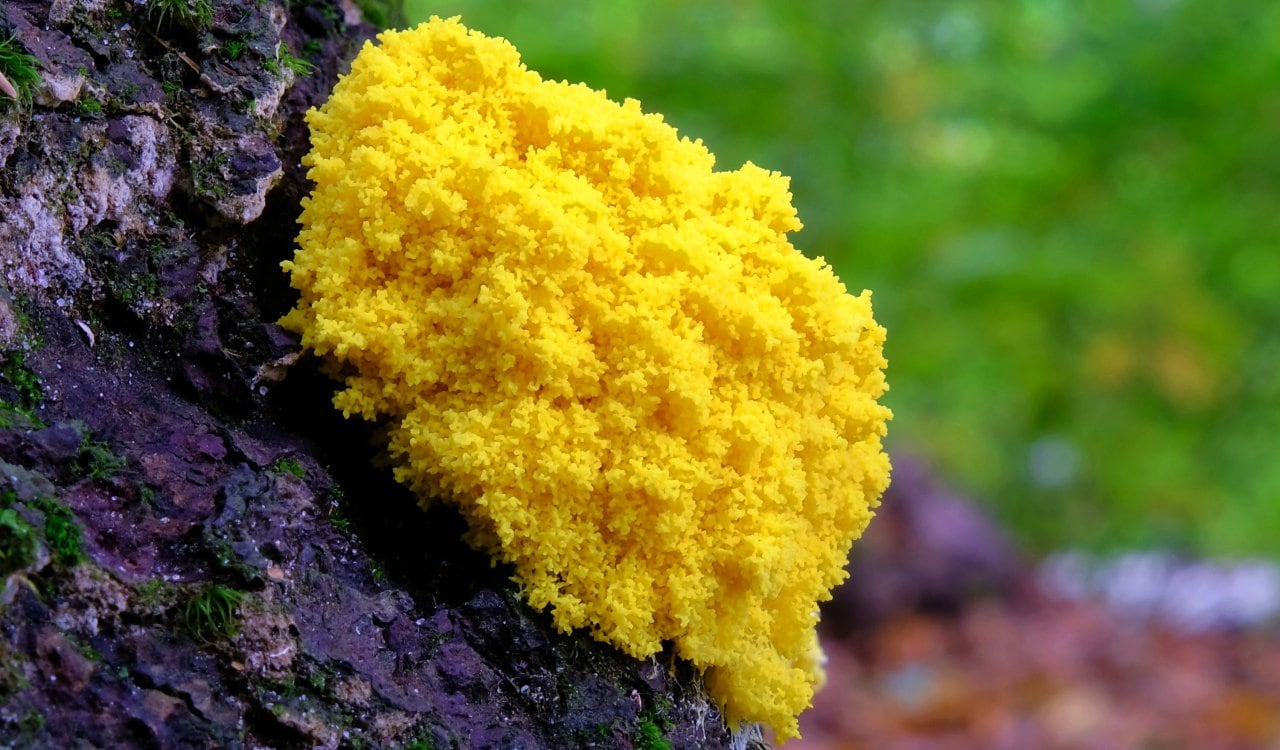
Slime Mold Stores “Memories” Without Even Having A Brain
- Year: 2021
Unlike fungi, slime molds are soil-dwelling globby amoebas. As weird as it sounds, even though they do not have a brain or nervous system, they can navigate a maze or recall the location of food. In a study published in February 2021, researchers found that they actually can record important details of their surroundings. They do this by changing the diameter of outstretched tubular tendrils. Those transport fluid and nutrients throughout the mold’s body. When studying Physarum polycephalum slime mold, scientists observed how the tubes become thicker when they encounter food and thinner when they found none. A chemical triggered these changes, or was it the slime mold’s biological memory? In one of the most surprising scientific findings, scientists realized these memories were present.

Artificial Intelligence Manages To Spot Breast & Prostate Cancer Almost Perfectly
- Year: 2020
In January 2020, researchers published their findings regarding how Google’s new DeepMind AI System outperformed 6 human radiologists. The AI spotted abnormalities on X-Ray images in nearly 29,000 women. The AI System demonstrated a 5.7% reduction in false positives too. Then in July, researchers from the University of Pittsburgh trained an AI system to recognize prostate cancer just from tissue slides. When testing it, the AI demonstrated a 98% sensitivity and 97% specificity in detecting prostate cancer. This is better than most human testing by a large amount. This same AI was also used to spot tumor grading, sizing, and invasion of surrounding nerves. The power AI showed here was some of the most surprising scientific findings of the decade, but it wouldn’t be the last time.

Colonization Of The Americas Pushed Back 15,000 Years By Archeologists
- Year: 2020
Perhaps one of the most surprising scientific findings for Americans in 2020 was learning that human colonization in the Americas was much older than we previously assumed. Analysis of Mexican cave tools and DNA analysis of sediment in the cave revealed something pretty massive. Humans, indeed, visited this cave 30,000 years ago. That is at least 15,000 years earlier than we assumed. We once thought the Clovis people were the first human inhabitants of the Americas. However, it is possible that before the Clovis people arrived, other human colonists tried and failed to survive here.
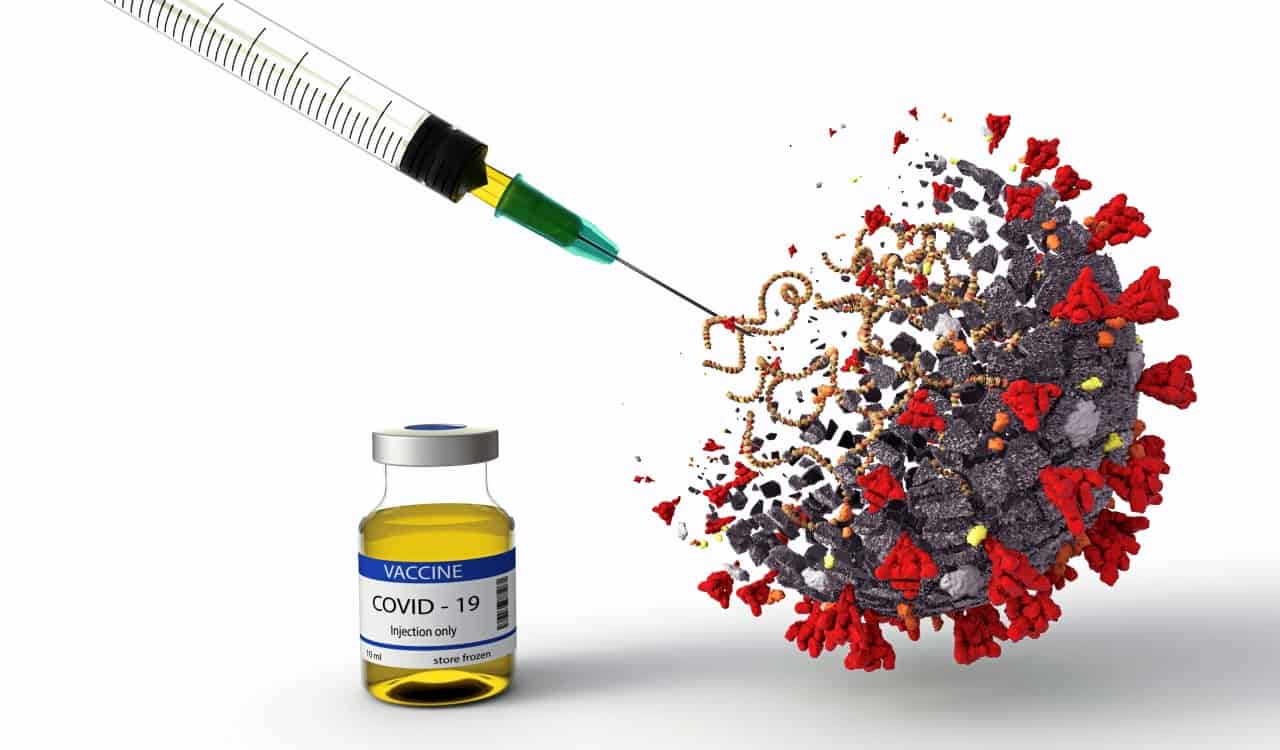
The Rise Of mRNA Vaccines
- Year: 2022 & 2023
During the height of the COVID-19 Pandemic, people were dying from the virus all over the world. That meant that we needed something to protect ourselves and no antivirals were around that could touch it. None of our vaccines were working to fight it, even medications for other Sars-Cov viruses weren’t working. That was when we uncovered one of the most amazing and surprising scientific findings ever. We call it the mRNA vaccine, which is messenger RNA that tells your body how to make proteins to protect itself. Think of it like someone coming to your workplace to offer professional development. You’re learning critical stuff from them to make you better. These vaccines did just that and unlike normal vaccines, there was no need for an inert version of the virus to be inside the vaccine.

New Species Of Early Humans Discovered
- Year: 2019
As mentioned earlier, in 2017 we found out that the Homo sapien species has been around longer than we realized. We also know the species was more widespread than initially known. While we did know people were smaller many years ago, another group was discovered that was most certainly little for their time known as the Homo luzonesis species, who were three to four feet tall max. Initially, we thought this group was just a smaller version of Homo sapiens as the fossils were aged between 50,000 to 67,000 years. Yet further research of the bones in 2019 led to the analysis that this was an entirely different human species. This has to be one of the most surprising scientific findings ever. However, what makes it cooler is that Homo sapiens might have lived among them.

Falling Sperm Counts Among Men
- Year: 2022
Perhaps one of the most worrying things for our human species is the idea that we might no longer be capable of reproduction. Some have referenced how labs could make children for us one day. Yet you still need to have working sperm and proper sperm counts even if we could produce a child in a lab. In one of the most surprising scientific findings of 2022, a study published in the Human Reproduction Update journal, the concentration of average sperm concentration has fallen an estimated 101.2m per ml to 49m per ml between 1973 and 2018. This is a drop of 51.6% yet what’s worse is that total sperm count fell 62.3% during that same period. Their study was based on 153 estimates using men who were unaware of their fertility. Men will now want to go get their sperm checked after this!

The Revitalization Of Dead Organs
- Year: 2022
In 2022, researchers managed to create a unique perfusion system that has proven capable of revitalizing organs after cellular death. This system uses a mixture of blood and nutrients, which makes a lot of sense in theory. The researchers used the organs of a dead pig for their experiments and found that the organs could be sustained after the pig’s death. Some organs can be not just revitalized but also promote cellular repair. Why is this such a massive discovery? For those unaware, organs available for those on the transplant list are often given a “shelf-life.” We very well could have a lot of organs that are no longer viable being thrown out because they cannot be used any longer. This perfusion system could help extend that shelf-life, which would ensure organs are available for much longer.

Images Of Pluto
- Year: 2020 to 2023
Pluto has been captured by several different camera systems and always looked a bit odd. But when the New Horizons Spacecraft took images of Pluto, it gave us something interesting to see for the first time there. The images we managed to get back showed us a new look-Pluto that we never saw before. Heck, there were brown spots on this planet made of ice. It should be noted that the James Webb Telescope will be studying Pluto this year (2023), and we’re likely to see and discover a lot more. We’ve already seen some small image material and by the end of the year, we’re going to know a lot more.

James Webb Telescope’s Incredible Images
- Year: 2023
We knew when the James Webb Telescope launched and safely made it into space, scientists would immediately begin to use it. Yet we did not expect everything we have seen so far. The Webb Telescope has been in development for decades and includes one of the most high-definition cameras that can see further than any space telescope ever made. On top of that, it is capable of seeing infrared light and that allows it to view things we’ve never seen before. Some of the images we have seen that blew our minds are things like the Cosmic Cliffs and Exoplanets. However, the images it took of Saturn and Jupiter are extraordinary and show us an entirely different look at these massive gas giants in our solar system.

Genetic Lineages Show Birds Evolving From Dinosaurs
- Year: 2017
One of the most surprising scientific findings of our time might very well be that birds evolving from dinosaurs. Once considered reptiles, dinos are certainly very different from this. While several have believed birds evolved from dinos, we did not have genetic confirmation until 2017. During this point, Tohoku University researchers isolated a gene sequence they believe was present in dinosaurs before and even during their evolutionary period. They found that flight feathers are one of the biggest innovations in the avian lineage. Birds are related to theropods, which include the T-Rex and Velociraptors. This study helped to sort of prove that those creatures had feathers of their own. Eventually, these species were able to fly as they began to get smaller over millions of years.

Uncovering Cellular Mechanisms Behind Genetic Mutations In ALS
- Year: 2020
Led by Assistant Professor Dr. Evangelos Kiskinis, a team of researchers at Northwestern Medicine discovered that mutations in the largest genetic contributor to ALS will lead to dysfunction. This will then lead to the degeneration of motor neurons in the brain. Dr. Kiskinis is part of the Ken and Ruth Davee Department of Neurology, well known for its research in the neurology field. The team’s findings shed light on both the consequences and mechanisms of a defect in the C9orf72 gene. This is known for disrupting the localization of proteins involved in RNA and protein metabolism. Many believe this study will aid the development of therapeutic interventions for ALS. There is still no cure, but if we can do things to slow the disease down and perhaps even extend lives by many years, that would be a huge step.

Breakthroughs In Artificial Intelligence
- Year: 2020 to Present
Artificial Intelligence has been doing a lot of incredible things for years now. However, since 2020, we have seen a massive rise in AI systems. Many of them are online based, such as many of Google’s AI. Things like their Talk to Books and Socratic AI are both essentially free and great for students. Adobe has many AI systems in Beta but their new Firefly AI as well as the additions to programs like Photoshop is huge for creators. Microsoft has gotten in on the AI revolution and has made a lot of additions to its long-standing products like PowerPoint. Other systems like PaperBrain, ANDI, Codeium, TutorAI, and many more have become incredibly useful. Of course, we cannot forget Chat-GBT, which has already proven to be a massive asset to people worldwide.

Achieving “Ignition”
- Year: 2022
In one of the most surprising scientific findings in history, the United States National Ignition Facility was able to achieve “ignition.” Which is a first for mankind. Ignition is when a nuclear reaction is created and then generates more energy than it consumes. The U.S. NIF accomplished this by using a set of 192 lasers to deliver 2.05 megajoules of energy. This was set to hit a pea-sized gold cylinder containing a frozen pellet of hydrogen isotopes known as deuterium and tritium. The energy pulse collapsed the capsule, creating temperatures only seen among the stars and thermonuclear weapons. Hydrogen fused into helium, releasing additional energy to create more fusion reactions. It released 3.15 megajoules of energy, 54% more energy than went into the reaction itself!
Where Do We Find This Stuff? Here Are Our Sources:
World Health Organization
European Organization for Nuclear Research (CERN)
Proceedings Of The National Academy Of Sciences (PNAS)
United States Department of Energy
United States National Ignition Facility
National Aeronautics and Space Administration (NASA)
Centers for Disease Control & Prevention (CDC)
National Human Genome Research Institute
Northwestern University
University of Pittsburgh
New England Journal of Medicine
Oxford Academic Journal
Neuron Journal
Google AI
National Geographic
Smithsonian Magazine
Scientific American
